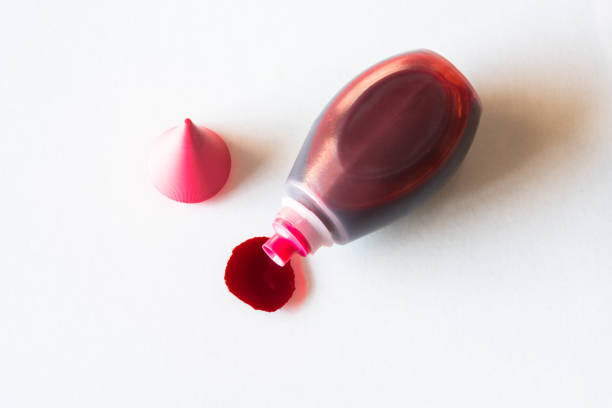The United States Food and Drug Administration (FDA) has issued a landmark judgment to prohibit Red Dye No. 3, an artificial food coloring that has been widely used in numerous food and beverage products. This decision has provoked extensive debate among health-conscious consumers, food makers, and regulatory agencies.
MUST READ;Understanding Influenza Outbreaks: Lessons from Japan and How Nigerians Can Stay Healthy
What Is Red Dye Number 3?
Red Dye No. 3, often known as erythrosine, is a synthetic dye that gives many items a brilliant red or pink tint. It has been a common element in.
- Candies and Confections
- Cake decorations
- Gelatin sweets.
- Maraschino cherries.
Why was it banned?
The FDA banned Red Dye No. 3 due to concerns about its potential health dangers. Several studies
have linked the dye to:
- Cancer Risks: Animal research conducted decades ago shown that Red Dye No. 3 can cause thyroid cancers in rats. While these findings were concerning, the dye was nonetheless utilized in food goods due to a lack of knowledge about its effects on humans. However, increasing pressure from health organizations has campaigned for its removal from consumer products.
- Behavioral Issues: According to some study, artificial food colorings, including Red Dye No. 3, may contribute to hyperactivity and attention problems in children, especially those with attention-deficit/hyperactivity disorder (ADHD).
- Allergic Reactions: Although rare, some people have reported allergic reactions, such as skin rashes or breathing problems, after consuming items containing Red Dye No. 3.
What Happens Next?
The FDA’s restriction is expected to result in a phased removal of Red Dye No. 3 from foods and beverages. Manufacturers must reformulate their products to comply with the new standards. This shift could take several months as companies research and test alternate coloring chemicals.
Alternatives for Red Dye No. 3
With the ban in effect, natural food colorings are expected to gain appeal. Common options include:
- Beet Juice: This natural coloring is derived from beets and provides a deep red hue without posing any health dangers.
- Annatto, which is extracted from achiote tree seeds, offers a reddish-orange tint.
- Carmine: A natural dye derived from crushed cochineal insects, but not good for vegans.
- Paprika Extract is made from crushed red peppers and imparts
How To Avoid Harmful Additives in Your Diet
As consumers, we must stay alert about what goes into our food. Here are some guidelines for making healthier choices:
- Read Labels: Check ingredient lists for artificial colors and choose items with natural colorings.
- Choose Whole Foods: Foods with minimal processing are less likely to contain synthetic ingredients.
- Support Transparent Brands: Look for firms that prioritize clean-label products and ethical manufacturing practices.
In conclusion, the prohibition on Red Dye No. 3 is an important step in reducing the hazards connected with artificial additives. The research linking it to cancer, behavioral difficulties, and allergic reactions emphasizes the need for more stringent food safety laws. As consumers, we can help to accelerate this transformation by making informed choices and pushing for healthier, more natural components in our food supply. Together, these efforts pave the path for a future in which health and well-being are prioritized over convenience and cost-cutting methods.


